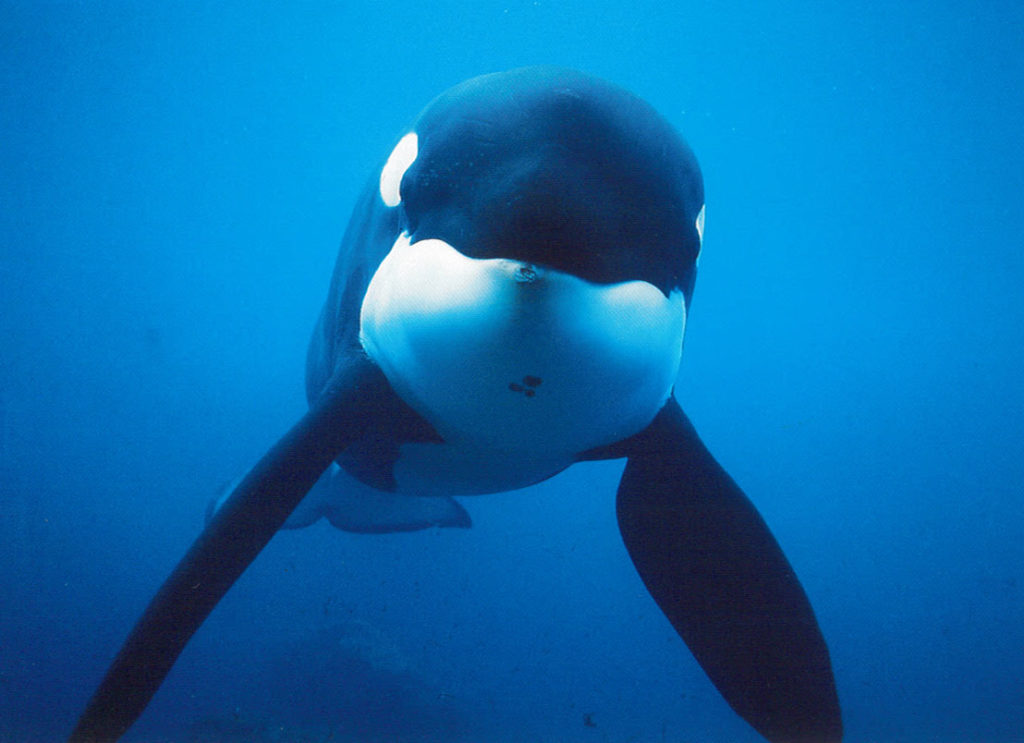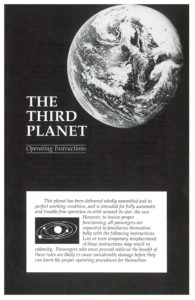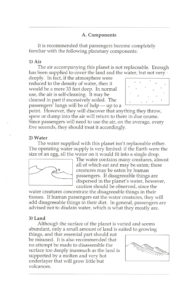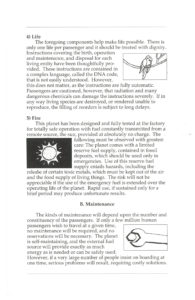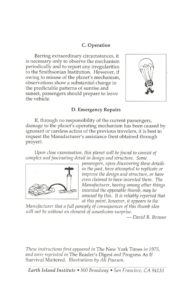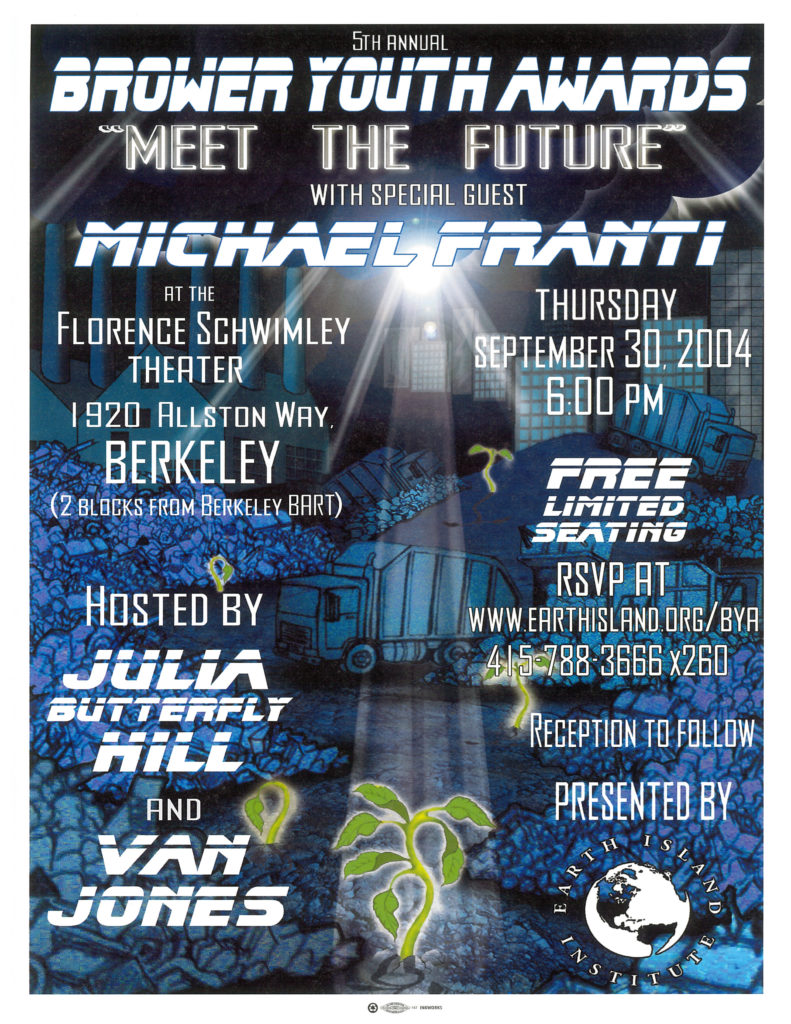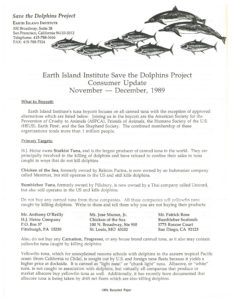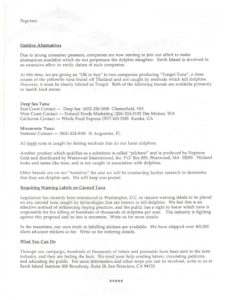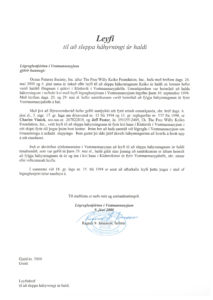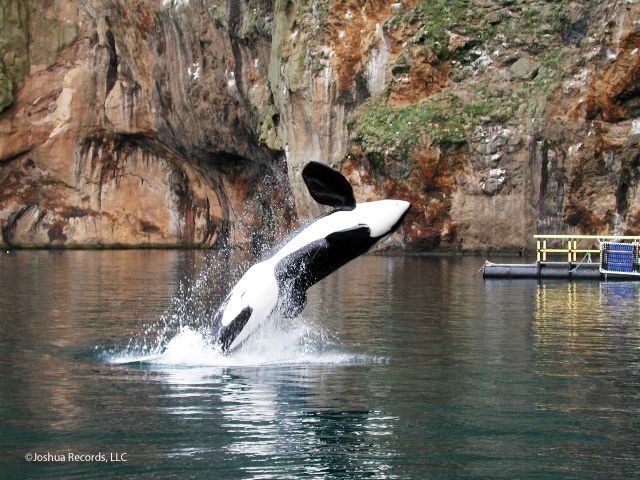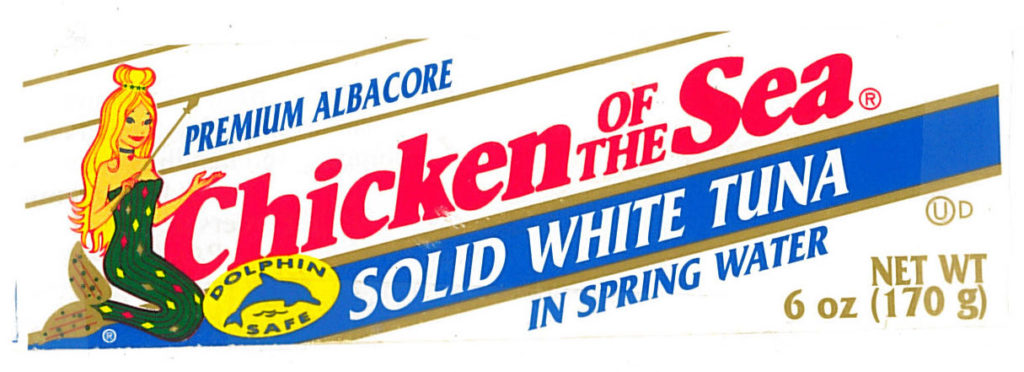Tag: environment
Highlights from the Natural Resources, Land Use, and Environment Oral History Project
By Ricky J. Noel
U.S. Forest Service, California Water History, and Horticulturalists in the Natural Resources, Land Use, and Environment Oral History Project
The UC Berkeley Oral History Center has a large collection of oral histories documenting the history of natural resources, land use and the environment within California and worldwide. The oral histories in the subject area record the experiences and reflections of individuals who have participated in some of the most impactful organizations within this field, such as the United States Forest Service, the East Bay Regional Park District. Additionally, this collection contains interviews detailing the history of the California wine industry, California water wars, forestry, and horticulture within the United States and abroad.
Forestry
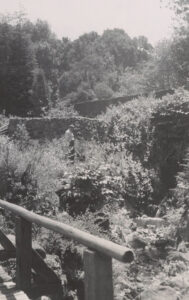
One of the highlights in this expansive and broad collection includes several interviews with individuals from the early days of the United States Forest Service. The interviews detailing the history of forestry could be very useful to someone who wants to trace the evolution of the forestry industry. In addition, if one is working on something involving University of California history or the history of the U.S. Forest Service, particularly in the first half of the twentieth century, these interviews, among the many others present in the collection, would be an invaluable resource for that research.
My personal recommendations for this area would be an interview with Emanuel Fritz, who was a very early practitioner of the forestry field in the United States. He attended Yale School of Forestry and eventually made his way to the University of California in the 1920s, where he became involved with redwoods and assisted the U.S. Forest Service with their second-growth investigation along with other projects of that nature. He also discusses his political experience, particularly his involvement with the California Forest Practice Act of 1945 and his work as a consultant for the Legislative Forest Study Committee in 1944. Another recommendation would be our interview with Edward Kotok who was a researcher for the U.S. Forest Service as well as the assistant chief in charge of state and private forestry work. Some of the highlights of his interview involve him discussing his role as the assistant chief, relationships with Congress, ties between American and European forestry, arguing against the transfer of the U.S. Forest Service to the Department of the Interior, and helping to keep forestry at UC Berkeley.
Water
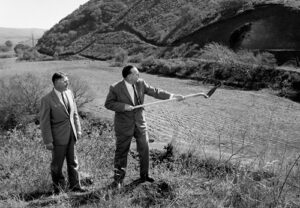
Another incredibly useful and relevant resource in this collection has to do with the history of the struggle over California’s water. Anyone interested or researching the history of California, the impact of the Los Angeles Aqueduct on the Lone Pine region, the California Water Project, irrigation, the United States government’s involvement with water in California and the evolution of the California Water Wars would do well to check out some of these interviews in this collection. Some of the ones I find most interesting and useful would be an interview with Frank Adams, a irrigation specialist who was the author of Bulletin 21, Irrigation Districts in California but also was part of the investigations into the irrigation of California from 1910 to 1924 and was involved in the redrafting of the Soil Conservation Act and the Central Valley Project. In regards to the California Water Project (1955–1961) there is an interview with a key developer of the project, Harvey O. Banks, who reflects on the development and financing of this endeavor, as well as his term as director of the California Division of Water Resources and his work on water-related legislation, such as the Davis-Grunsky, Burns-Porter and San Luis acts.
Horticulture
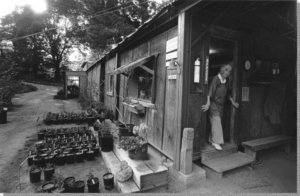
A unique aspect of this collection involves the interviews with horticulturalists. While these interviews might at first glance seem a bit niche in their focus, they offer valuable insights into small businesses in California, horticulture in California in the mid century, California regional history, and the development of plant societies such as the UC Berkeley Botanical Gardens. Interviews that stand out to me in this collection include Edward Carman who ran Ed and Jean Carman’s nursery beginning in 1946 and was an active member of the Los Gatos community, Wayne Roderick, a senior nurseryman for the UC Berkeley Botanical Garden from 1960 to 1976 and Gerda Isenberg, a humanitarian and owner of the Yerba Buena Nursery.
These interviews are among the many that are excellent resources for researchers looking to understand more about the environment, particularly the environment in its relation to conservation groups, water, and education. The Oral History Center’s Natural Resources, Land Use and the Environment – Individual Interviews is a collection of roughly a hundred interviews ranging from oral histories regarding the Sierra Club, United States Forest Service, California Wine Production, California Water Rights and the East Bay Regional Parks District, among many other unique, insightful personal commentaries that give insight into some of the most important aspects of the environment in the United States and abroad.
Find these interviews and all our oral histories from the search feature on our home page. You can search by name, keyword, and several other criteria.
Ricky J. Noel is a recent graduate of UC Berkeley, with a major in history with a Latin American concentration. During his time at Berkeley, Ricky worked with the Oral History Center as an editorial assistant.
Related Resources from The Bancroft Library
“Newton Bishop Drury and the Legacy of the Save the Redwoods League” by Deborah Qu.
Gerda Isenberg papers, 1931-1990. Consists of correspondence, writings, speeches, reports, interviews, subject files, clippings, a scrapbook, photographs and ephemera. BANC MSS 94/210 c.
Harvey O. Banks. Federal-state relations and the California water plan. Bancroft ; 1956?? ; F862.25.I49.
Emanuel Fritz papers, circa 1900-1988. BANC MSS C-B 728.
Forestry photographs from the Emanuel Fritz papers. BANC PIC 1987.057–PIC.
About the Oral History Center
The Oral History Center of The Bancroft Library preserves voices of people from all walks of life, with varying political perspectives, national origins, and ethnic backgrounds. We are committed to open access and our oral histories and interpretive materials are available online at no cost to scholars and the public. You can find our oral histories from the search feature on our home page. Search by name, keyword, and several other criteria. Sign up for our monthly newsletter featuring think pieces, new releases, podcasts, Q&As, and everything oral history. Access the most recent articles from our home page or go straight to our blog home.
Robert Praetzel: Marin County Lawyer Who Stopped Marincello
New oral history interview: Robert Praetzel
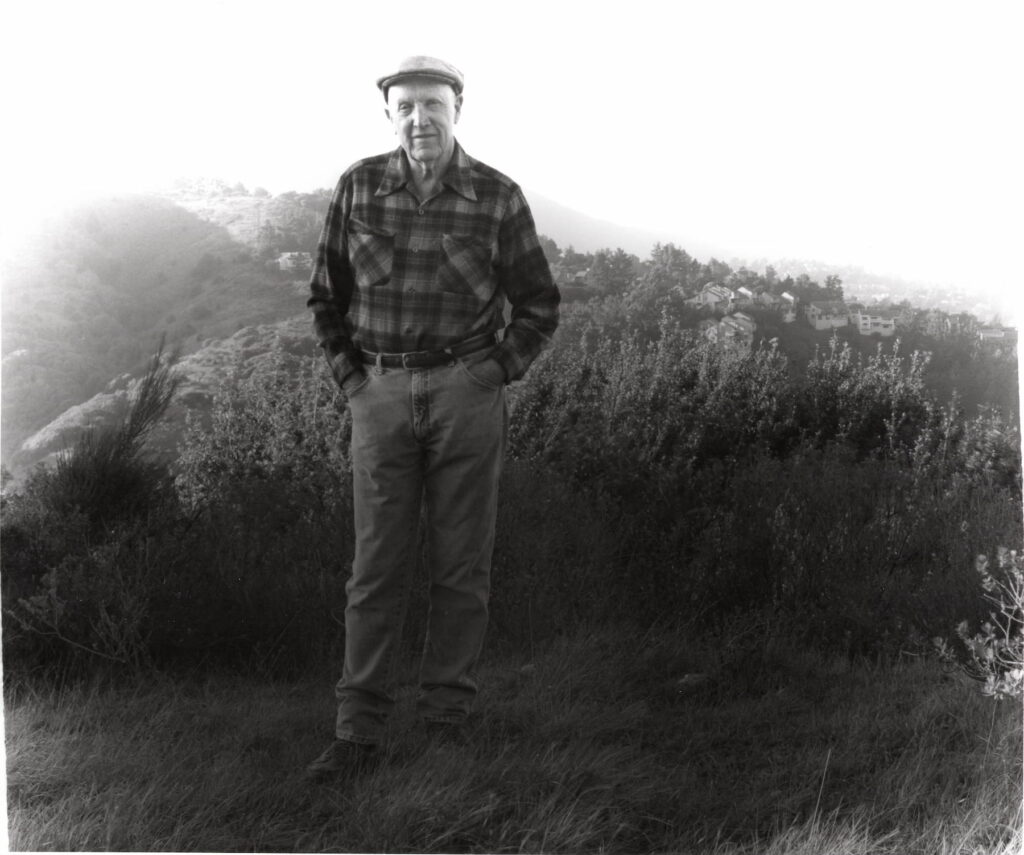
for the book Legacy: Portraits of 50 Bay Area Environmental Elders
with text by John Hart, published by Sierra Club Books in 2006.
Robert Praetzel, a World War II veteran and graduate of UC Berkeley in 1950, is the Marin County lawyer responsible for stopping Gulf Oil’s Marincello real estate development in the late 1960s. The Marincello project would have built from scratch a new city in Marin County for some 30,000 people housed in fifty apartment towers, numerous single-family homes, low-rise apartments, and townhouses on 2,100 pristine acres in the Marin Headlands area. Today, thanks to Robert Praetzel’s fastidious and pro-bono legal work from 1966 through 1970, those lands are now preserved within the Golden Gate National Recreation Area. Praetzel and I recorded his four-hour-long oral history in the spring of 2019 at his home, nestled among the redwood trees on the slope of Mt. Tamalpais in Kentfield, Marin County, California. Praetzel’s 127-page transcript, complete with family photographs, adds important details to the broader story of how two major American cities, San Francisco and Oakland, came to have such exceptional tracts of preserved national park lands just minutes away from their urban centers.
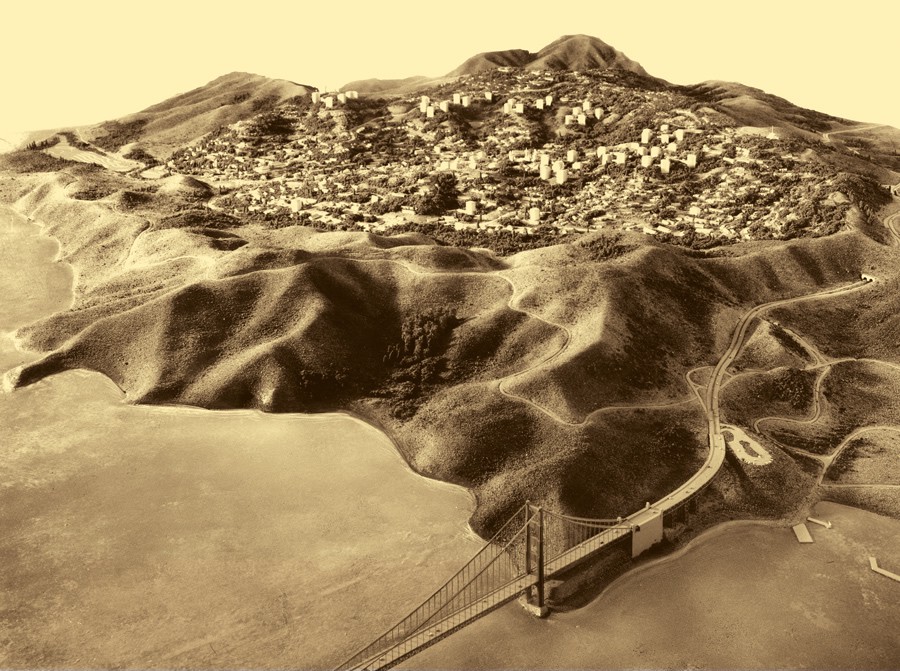
preserved as Gerbode Valley in the Marin Headlands area of the Golden Gate National
Recreation Area.
Prior to recording Praetzel’s interview, the Oral History Center’s archives included a multi-narrator volume on Saving Point Reyes National Seashore, but not on the substantial Marin Headlands area that Praetzel helped preserve. Our oral history archive also includes previously recorded interviews with Martin Rosen, a conservation lawyer who worked in conjunction with Robert Praetzel; with Martha Gerbode, the philanthropist who helped purchase and preserve the land that Praetzel saved from development for inclusion in the Golden Gate National Recreation Area; as well as a Sierra Club oral history volume focused on the San Francisco Bay Area that references the Marincello real estate project that Praetzel defeated. Now, with the inclusion of Robert Praetzel’s oral history, the Oral History Center collection includes details of his dogged and pro bono legal efforts to preserve the Marin Headlands from the Marincello project, which also called for a “landmark hotel” atop the highest point in the Headlands as well as 250 acres for light industry, a mile-long mall lined with reflecting pools, and a square full of churches called Brotherhood Plaza. In the late 1960s, Robert Praetzel played an essential role in legally stopping this development project in what is now preserved as the Gerbode Valley and managed by the US National Park Service.

Robert Praetzel’s oral history also offers recollections from his youth in Marin County during the Great Depression (including eating a squirrel that his father hunted one Thanksgiving); his Navy service during World War II aboard a tanker-boat carrying highly explosive aviation fuel across the Pacific Ocean; his experiences as a student at UC Berkeley and UC Hastings College of Law in the late 1940s and early 1950s; as well as his marriage to fellow Berkeley alumnus, Nancy Donnelly Praetzel, with whom he raised a family in Marin County, all while building his eclectic legal career. In addition to detailing his victory against the Marincello development, Praetzel shared other stories from his legal career. One of those stories recounts his pro bono representation of environmental activists in 1969 who were arrested for obstructing logging trucks from felling a grove of redwood trees along the Bolinas Ridge in Marin County. Local newspaper clippings about the case are included in the appendix to Praetzel’s oral history, along with several photographs from Praetzel’s long, rich life.
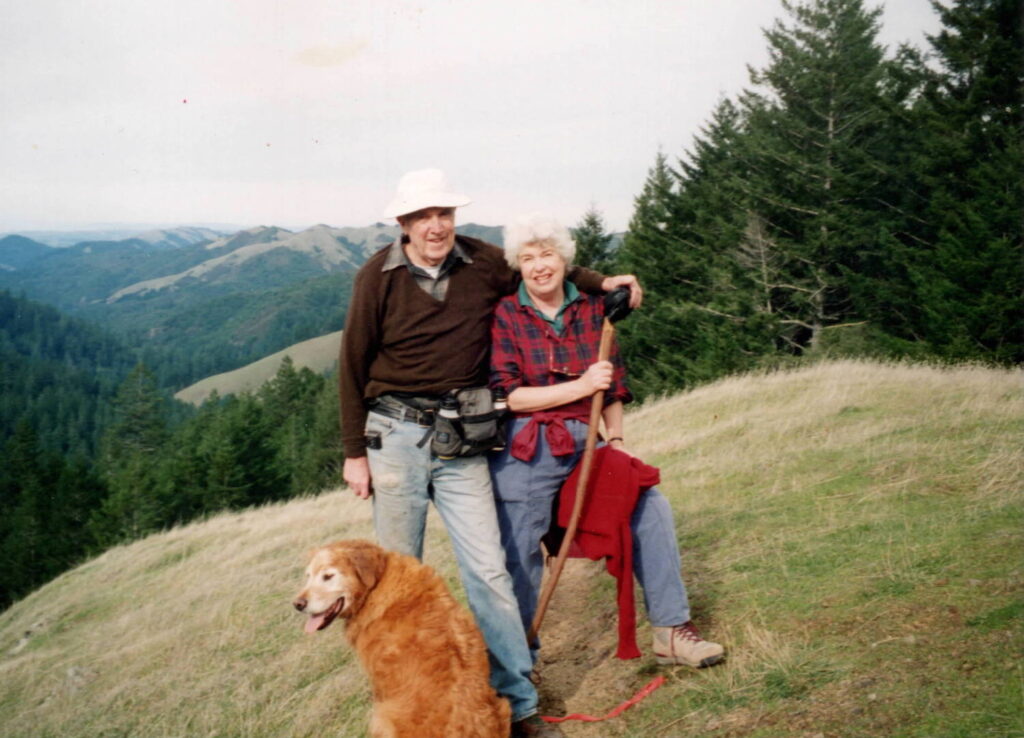
I wish to thank Robert Praetzel and his wife Nancy Donnelly Praetzel for their patience this past year as we adjusted to the pandemic-induced realities of remote work while finalizing their oral history interviews. I also want to thank the anonymous donor whose generous gift to the Oral History Center made these interviews possible.
—Roger Eardley-Pryor, PhD
Between the Devil and the Deep Blue Sea: This is Not a Fish Story , This is a Fish Story
What would it be like to fly halfway around the world on a non-stop flight from Newport, Oregon to Vestmannaeyjar, Iceland aboard a C-17 Air Force transport plane with a small crew of environmentalists, veterinarians, and an internationally famous 21-foot long, 10,000 lb. orca “killer whale”?
Detailed answers to that question and much, much more can be found in the Earth Island Institute records, a newly processed collection now open to researchers at The Bancroft Library.
Earth Island Institute is a Berkeley based non-profit conservation group founded in 1982 by David Brower that acts as an incubator to support a global network of ecological and social justice projects working to conserve, protect and restore the environment. Born in 1912, Brower entered the University of California at Berkeley at age 16 with a plan to study entomology, but due to financial pressures had to leave school by his sophomore year.
Located in the David Brower Center in downtown Berkeley, you may have walked by or visited the LEED Platinum rated building, read the Earth Island Journal publication, or be familiar with Earth Island’s work going back to the late 1980s on the dolphin-safe tuna campaigns. Those campaigns helped to heighten awareness of dolphin by-catch mortality levels during purse seine net and drift net fishing practices for tuna fish, reform marine mammal protection laws and establish the dolphin-safe tuna labels.
One of Earth Island’s other major projects began in 1994 after the film Free Willy was released by Warner Bros. and brought worldwide attention to the plight of captive marine mammals everywhere, although especially for the orca “killer whale” known as Keiko who starred as Willy. First captured off Iceland in 1979, Keiko was owned by Reino Adventura, a theme park in Mexico City, Mexico during the film’s production. After Earth Island Institute, numerous animal welfare groups, environmentalists and children from around the world rallied to free Keiko, Reino Adventura agreed to donate him to the newly formed “Free Willy Keiko Foundation” for a program of rehabilitation at the Oregon Coast Aquarium in Newport for eventual release back to the wild.
What happened to Keiko from then on is now in the historical record and up for research and debate. Although Keiko was released back into the wild, first into the Iceland sea pens in September 1998 and then into Iceland’s open waters, he died off the coast of Norway in December 2003 from pneumonia and possibly hunger, having lost the ability to fish for himself after being held captive so many decades. Since 1961, hundreds of killer whales, or orcas (actually a type of dolphin) have been captured and used in theme parks to entertain, and some would argue to educate, the public on the beauty and wonder of these magnificent beings.
As of 2018, there are approximately 60 captive orcas and countless dolphins and other marine mammals being held and used for entertainment at theme parks primarily in China, France, Japan, Russia, Spain and the United States. And yet, captive orcas are certainly not the only killer whales in harm’s way. As evidenced in a number of recent studies, films and news stories – orca populations in the wild are dwindling at rapid rates as declining fish stocks, marine pollution and other factors like increased shipping traffic have caused them to be at extreme risk for extinction. The time to learn about orcas, marine mammals, the greater ecosystem of our world environment and how we can improve life for all creatures of the land, air and sea is now!
The processing of the Earth Island Institute records is part of a two-year NHPRC-funded project to process a range of archival collections relating to environmental movements in the West. A leading repository in documenting U.S. environmental movements, The Bancroft Library is home to the records of many significant environmental organizations and the papers of a range of environmental activists.
Protecting the California Coast: New Interviews with Joe Bodovitz and Will Travis
Just over 50 years ago the California State Legislature established the Bay Conservation and Development Commission (BCDC). This commission was charged with protecting the San Francisco Bay from unchecked development and with providing access to this great natural resource. In 1972, citizens throughout California voted to establish the Coastal Commission, which had a charge similar to the BCDC but its authority ran the entire coastline of California. Today we are pleased to release to new oral history interviews with two of the most important figures in both of those organizations: Joe Bodovitz and Will “Trav” Travis.
Joseph Bodovitz was born Oklahoma City, Oklahoma in 1930. He attended Northwestern University, where he studied English Literature, served in the US Navy during the Korean War, and then completed a graduate degree in journalism at Columbia University. In 1956 he accepted a job as a reporter with the San Francisco Examiner, reporting on crime, politics, and eventually urban redevelopment. He then took a position with SPUR (San Francisco Planning and Urban Research) where he launched their newsletter. In 1964 he was enlisted to lead the team drafting the Bay Plan, which resulted in the creation of the San Francisco Bay Conservation and Development Commission (BCDC) by the state legislature in 1969. Bodovitz was hired as the first executive director of BCDC. In 1972 he was hired by the newly-established California Coastal Commission to be its first executive director. He left the Coastal Commission in 1979 and shortly thereafter was named executive director of the California Public Utilities Commission, a position he held until 1986. He served as head of the California Environmental Trust and then as the project director for BayVision 2020, which created a plan for a regional Bay Area government. In this interview, Bodovitz details the creation of the BCDC and how it established itself into a respected state agency; he also discusses the first eight years of the Coastal Commission and how he helped craft a strategy for managing such a huge public resource ? the California coastline. He further discusses utilities deregulation in the 1980s and the changing context for environmental regulation through the 1990s.
Will Travis was born in Allentown, Pennsylvania in 1943. He attended Penn State University as both as an undergraduate and graduate student, studying architecture and regional planning. From 1970 to 1972 he worked as a planner for the then nascent San Francisco Bay Conservation and Development Commission (BCDC). In 1972 moved to the newly established California Coastal Commission, where worked in various capacities until 1985. In 1985 Travis returned to BCDC first as deputy director then as the agency?s director beginning in 1995. He retired from BCDC in 2011 and continues to work as a consultant. In this life history interview, Travis discusses his work both the BCDC and the Coastal Commission, focusing on accounts of particular preservation and development projects including the restoration of marshland areas around the San Francisco Bay. The interview also covers in detail Travis?s work documenting the threat of sea level rise as a result of climate change and how the Bay Area might plan for such a transformation.
